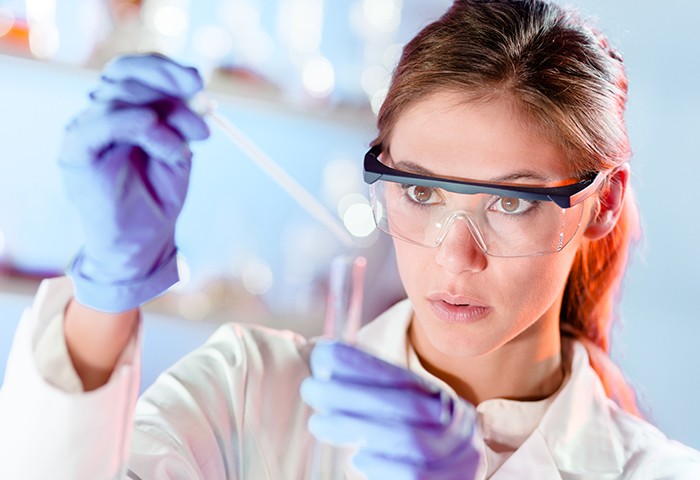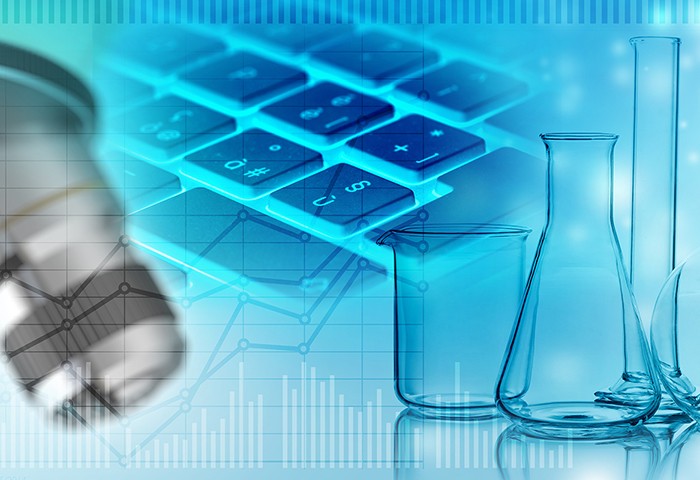Fernstudiengänge für Laborfachkräfte
Sie stehen als Laborfachkraft mitten im Beruf und sind offen für neue Karrierechancen mit attraktiver Berufsperspektive und Bezahlung? Dann sind unsere Fernstudiengänge genau das Richtige für Sie!
Erfahrungen unserer Studierenden
Gut organisiert
Ich habe das Fernstudium vor Kurzem abgeschlossen und würde es jedem weiterempfehlen, der sich neben dem Beruf weiterbilden möchte.
Super Betreuung und Flexibilität
Die Springer Campus Mitarbeiter*innen sind sehr freundlich und helfen wo sie können … und es wird bei jedem Problem versucht die bestmögliche Lösung zu finden.
Berufsbegleitend zum Master in knapp 2,5 Jahren
Die Kombination aus freiem Lernen (mit Online-Videos und Lehrbüchern), Tutorien und Praxisphasen halte ich für sehr zielführend.
Zertifikatskurse Life Sciences | Chemie | Biotechnologie | Pharma
Grundlagenkurse auf Bachelor-Niveau | Weiterführende Kurse auf Master-Niveau | Methodenkurse










